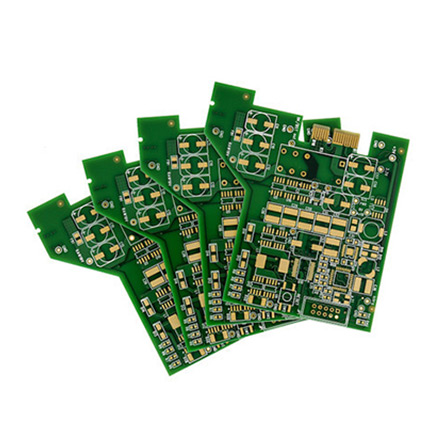

The Importance of Curved Insulated Glass Units in Modern Architecture
In recent years, the architectural landscape has seen a significant evolution, moving away from traditional straight lines and rigid geometries toward more fluid and organic designs. Among the materials that have been pivotal in this transformation is the curved insulated glass unit (CIGU). These distinctive glass panels not only enhance the aesthetic appeal of buildings but also contribute to their energy efficiency and overall performance.
Curved insulated glass units are composed of multiple layers of glass sealed together with an insulating material in between. This construction serves to reduce thermal transfer and increase energy efficiency, which is especially important in today’s context of rising energy costs and environmental awareness. The curvature of these units allows for exciting design possibilities, enabling architects to create sweeping lines, arches, and undulating surfaces that would not be possible with standard flat glass.
One of the standout features of CIGUs is their ability to maximize natural light while minimizing solar heat gain. By allowing architects to design curved facades that face the sun strategically, buildings can harness daylight to illuminate interiors, reducing the need for artificial lighting. Furthermore, the insulating properties of these units help maintain a comfortable indoor climate, significantly decreasing the reliance on heating and cooling systems. This combination of aesthetics and functionality aligns with the principles of sustainable architecture, providing a dual benefit for both visual appeal and energy conservation.
The manufacturing process of curved insulated glass units has become increasingly sophisticated, allowing for greater precision and customization. Advances in technology have enabled manufacturers to produce glass with varying thicknesses, curvatures, and surface finishes. This flexibility empowers architects to push boundaries and explore daring designs while ensuring the structural integrity and safety of their buildings. Common applications of CIGUs include high-rise buildings, atriums, and even residential structures, where they enhance the overall architectural vocabulary.

Incorporating CIGUs into a building's design does present some challenges. Precision in the manufacturing process is crucial, as even minor deviations can lead to issues during installation. Additionally, the cost of curved units is typically higher than that of standard flat glass, which may deter some builders. However, the long-term savings associated with energy efficiency and reduced maintenance costs often outweigh the initial expenditures. Moreover, the added value they bring to a property in aesthetic terms can significantly enhance its marketability.
Beyond the realm of aesthetics and energy efficiency, curved insulated glass units also offer unique acoustic advantages. The multilayer construction effectively dampens sound transmission, making them an excellent choice for buildings located in noisy urban environments. This benefit is of particular importance in spaces such as concert halls, offices, and residential buildings where tranquility and comfort are paramount.
Looking toward the future, we can anticipate that the use of curved insulated glass units will continue to grow as architects seek innovative solutions to modern design challenges. As sustainability becomes increasingly central to architectural practice, CIGUs will likely play a significant role in achieving energy-efficient and environmentally friendly buildings. Additionally, as technology advances, we may see the development of new materials that enhance the performance and aesthetics of curved glass even further.
In conclusion, curved insulated glass units are more than just a design element; they represent a convergence of art and technology in modern architecture. Their ability to enhance a building's aesthetics, improve energy efficiency, and provide acoustic benefits makes them a valuable asset in any architectural project. As the industry evolves, CIGUs will undoubtedly continue to inspire designers to explore new heights and possibilities in their creations, shaping the skylines of tomorrow.